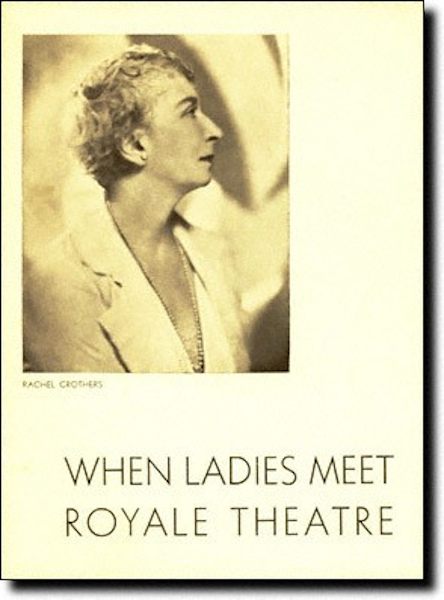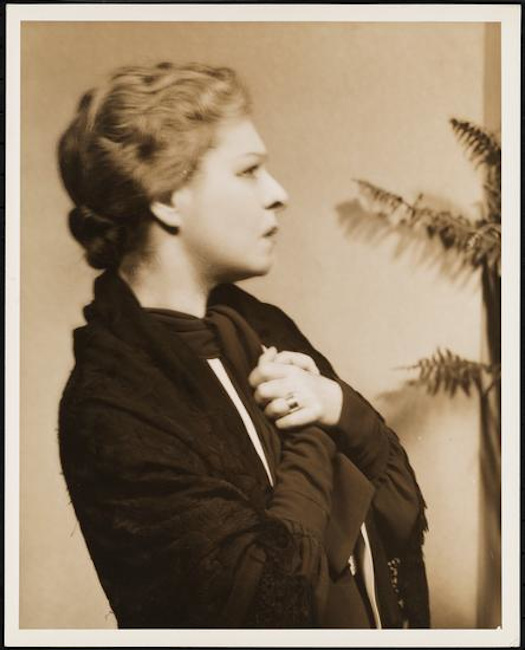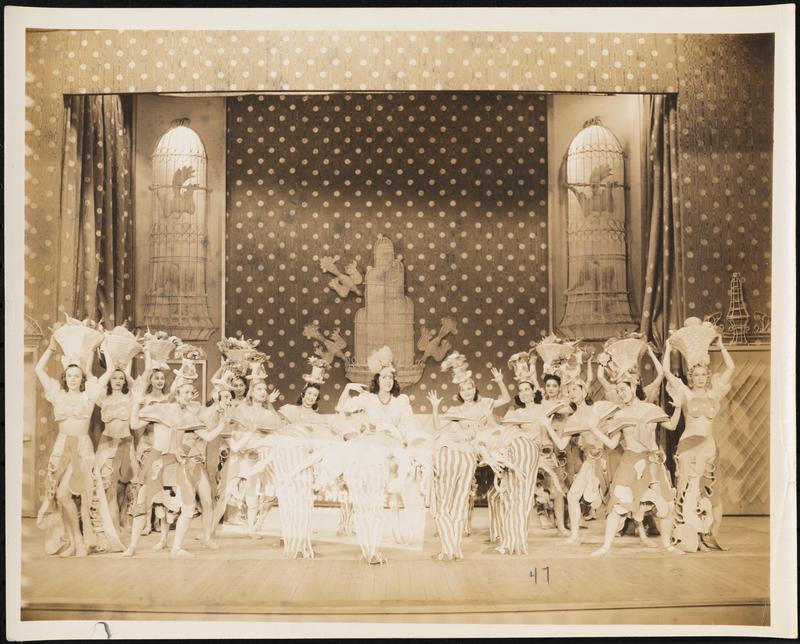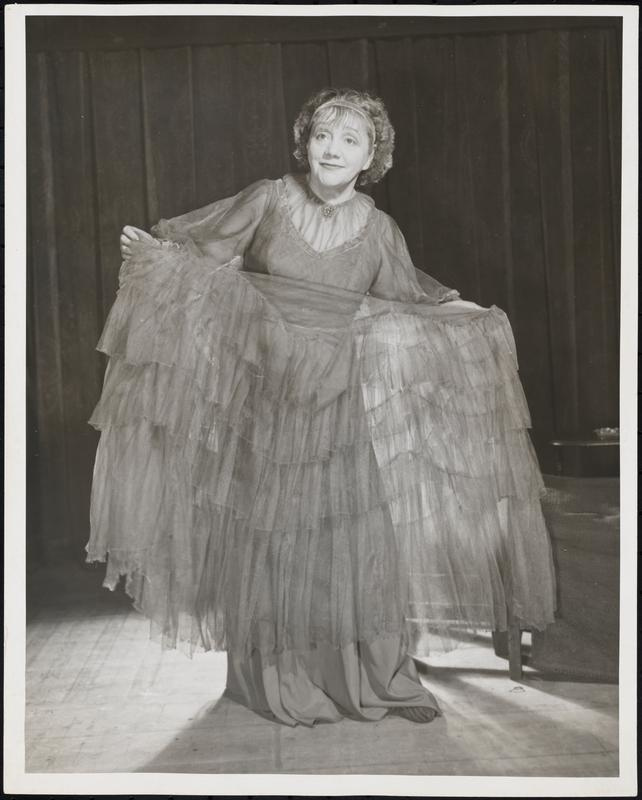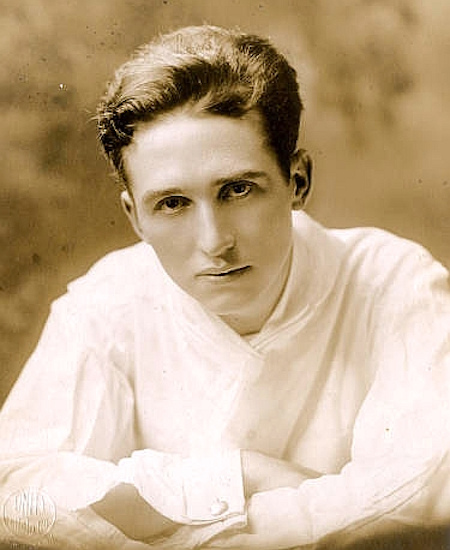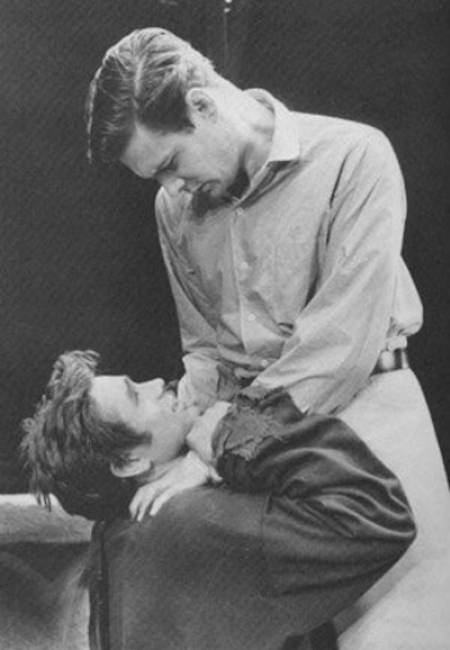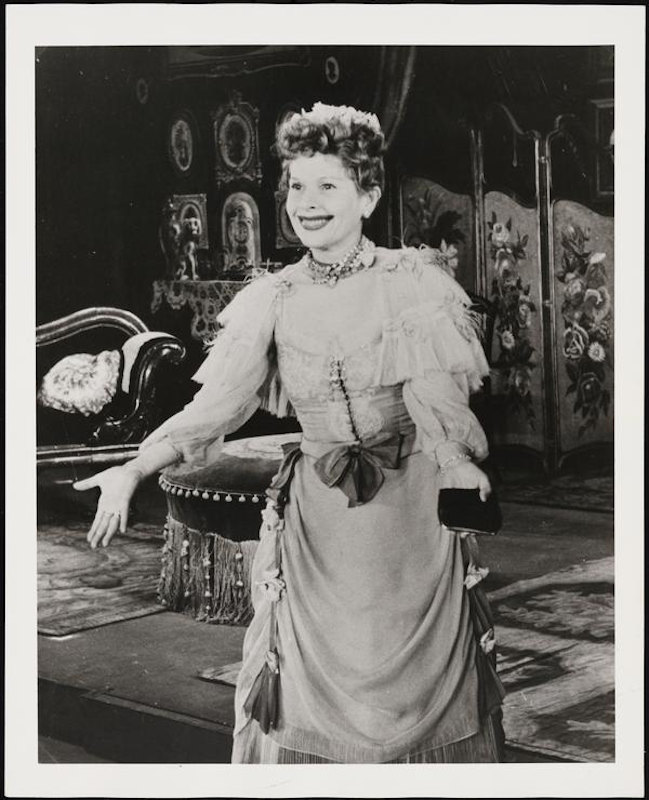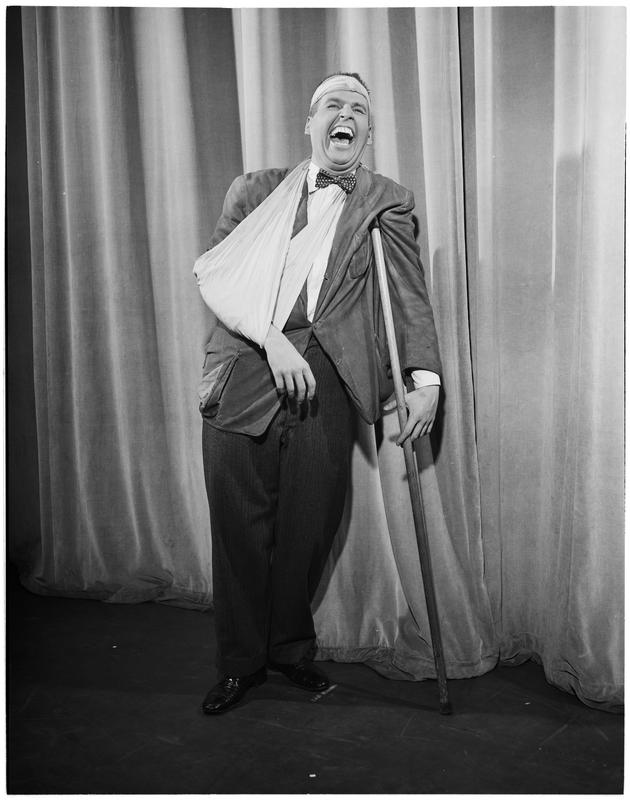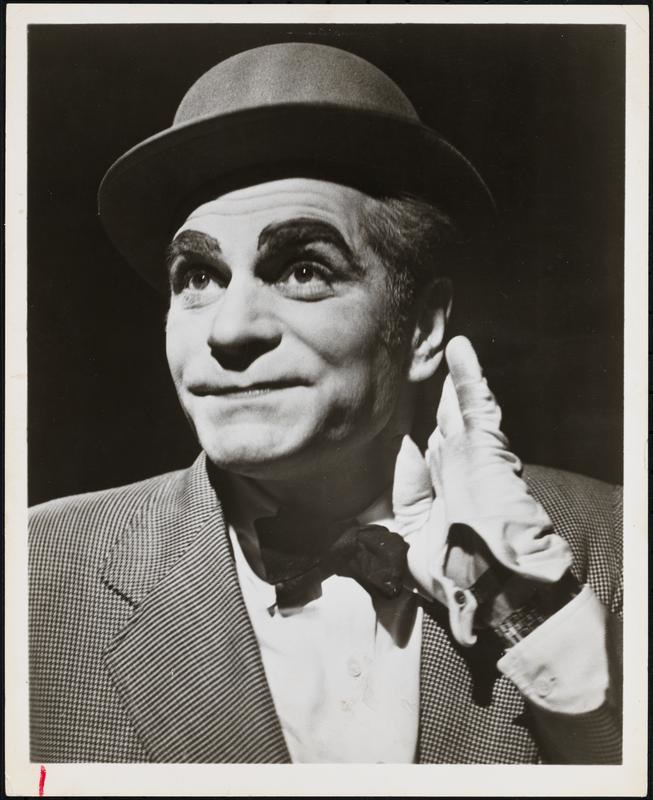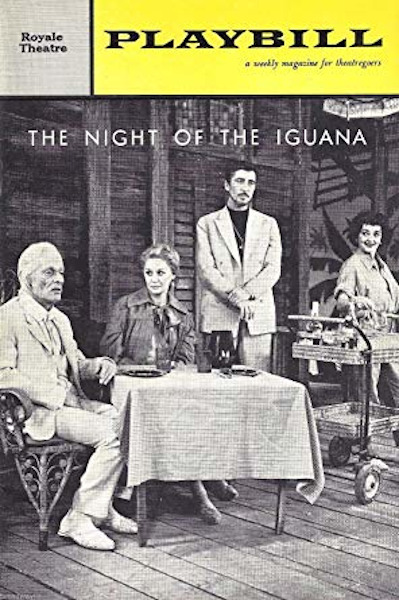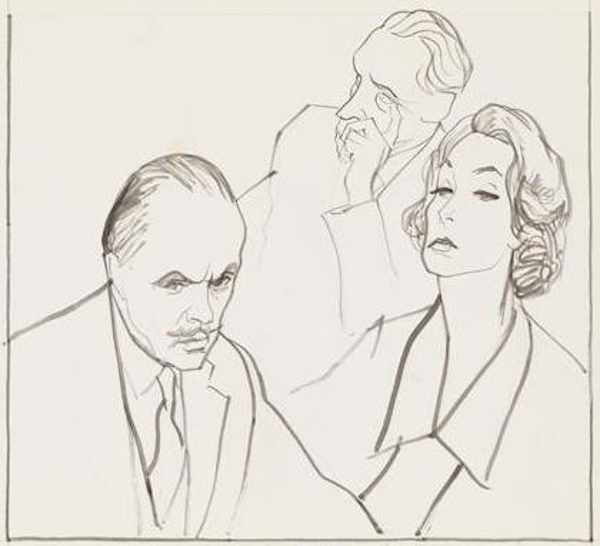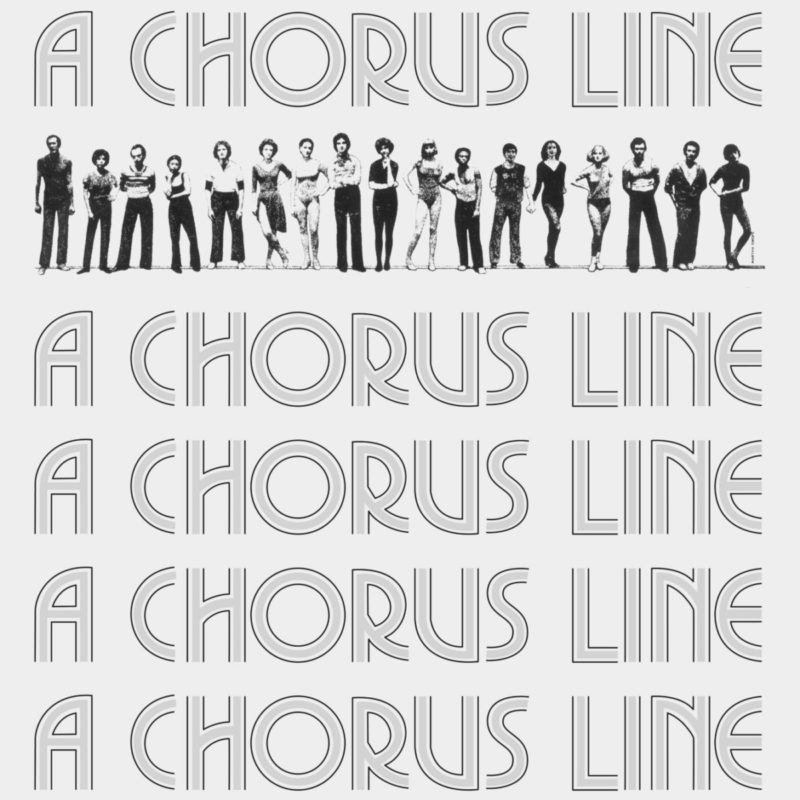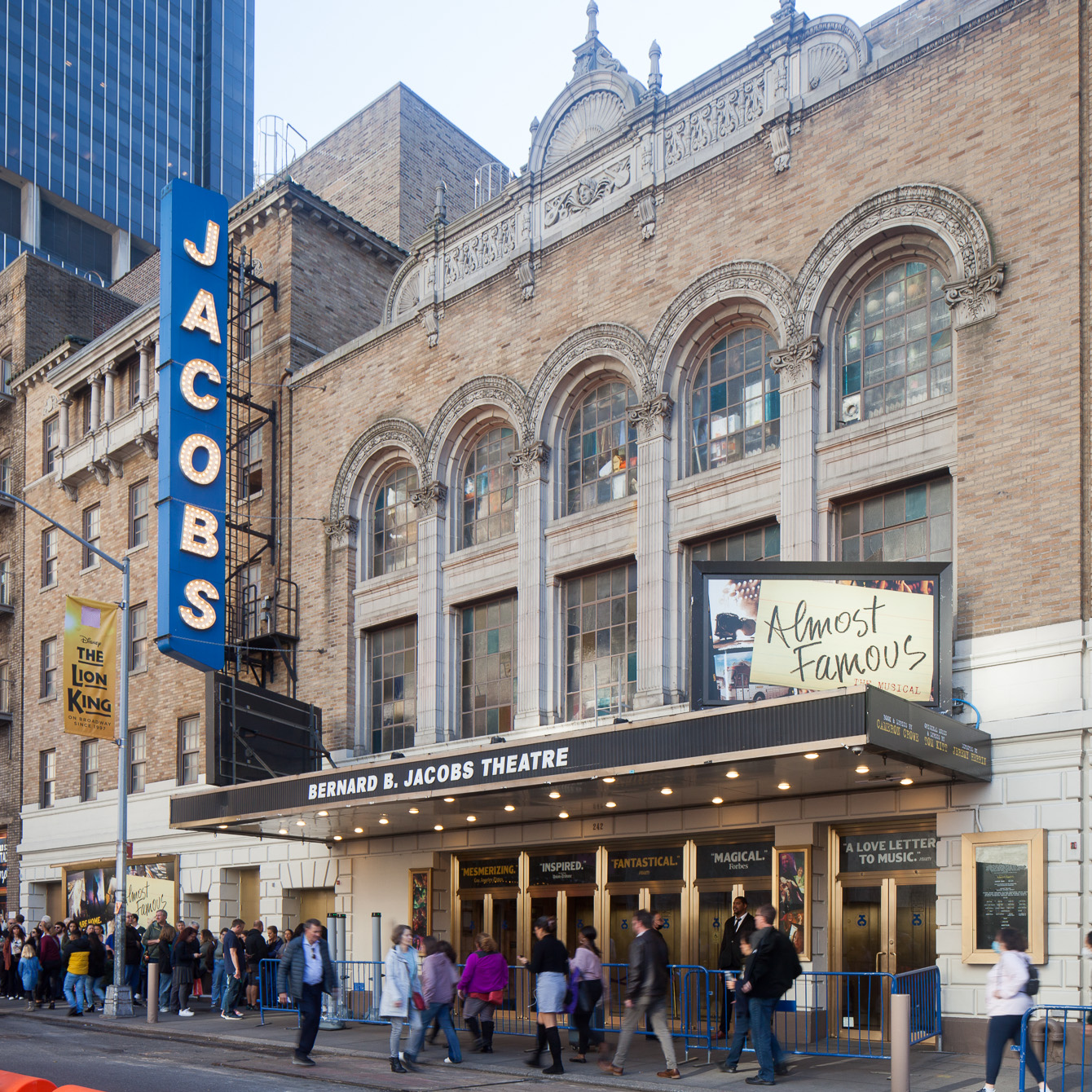
Bernard B. Jacobs Theater (originally Royale Theater)
after opening as the Royale Theater in 1927, this site was renamed the John Golden Theater in 1934, the Royale Theater in 1936, and the Bernard B. Jacobs Theater in 2005
overview
During this venue’s time as the Royale Theater (opened in 1927), the John Golden Theater (renamed in 1934), and then again as the Royale Theater (renamed in 1936), major LGBT performers and creators included Cesar Romero, Ethel Waters, Oliver Smith, Cole Porter, Emlyn Williams, Tennessee Williams, Victor Garber, Cyril Ritchard, James Dean, and Laurence Olivier, among others.
The venue was renamed the Bernard B. Jacobs Theater in 2005.
History
This venue was originally known as the Royale Theater. In its earliest years, the Royale produced several LGBT-associated shows:
- Oh, Ernest! (1927), a musical based on The Importance of Being Earnest by Oscar Wilde
- The Street Singer (1930, opened at the Shubert Theater), a Busby Berkeley musical with costume design by Orry-Kelly and George Barbier, and with actor Cesar Romero
- Lew Leslie’s Blackbirds (1930), with actor Ethel Waters
- When Ladies Meet (1932-33) by and staged by Rachel Crothers, and with actor Spring Byington
From 1934 to 1936, it was named the John Golden Theater (not to be confused with the Theatre Masque, which was renamed the John Golden Theater in 1937). Ghosts (1936) was performed here, directed by and starring Alla Nazimova, who was renowned for her work in Ibsen plays. In 1936, it became the Royale Theater again, but was leased to CBS as a radio station. It returned to use as a legitimate theater in 1940.
The Immoralist (1954), based on the novel by Andre Gide, was about a gay male archaeologist who marries hoping to change to become straight, but is seduced by an Arab houseboy, played by James Dean (Theatre World Award; Dean left the cast after the opening, to film East of Eden). It is considered by some a landmark play in the manner that it addresses the homophobic attitudes confronting its characters.
Big hits by LGBT creators and with LGBT performer at the Royale included:
- Du Barry Was a Lady (1940, opened at the 46th Street Theater), with music and lyrics by Cole Porter, and scenic and costume design by Raoul Pene Du Bois, and with actor Charles Walters
- The Corn is Green (1941-42, opened at the National Theater) by Emlyn Williams
- The Glass Menagerie (1946, opened at the Playhouse Theater) by Tennessee Williams, and with actor Laurette Taylor
- The Matchmaker (1955-56) by Thornton Wilder
- Cactus Flower (1965-68), with scenic design by Oliver Smith
- A Day in Hollywood/ A Night in the Ukraine (1980-81, opened at the John Golden Theater), directed by Tommy Tune, and choreographed by Tune and Thommie Walsh (Best Choreography Tony Award)
- Lend Me a Tenor (1989-90), with costume design by William Ivey Long (Outstanding Costume Design Drama Desk Award), and with actor Victor Garber
- An Inspector Calls (1994-95), with scenic and costume design by Ian MacNeil
- Art (1998-99), with actor Victor Garber
Other productions by LGBT creators and with LGBT performers at the Royale included:
- Top Speed (1930; opened at Chanin’s 46th Street Theater), with actor Hermes Pan
- Strange Fruit (1945-46), with actor Edna Thomas
- The Fatal Weakness (1946-47) by George Kelly
- Medea (revival, 1947-48, opened at the National Theater), with actors Judith Anderson (Best Actress in a Play Tony Award) and John Gielgud
- The Importance of Being Earnest (revival, 1947) by Oscar Wilde, and with actor John Gielgud
- Love for Love (revival, 1947), staged by John Gielgud, and with actors Gielgud and Cyril Ritchard
- The Madwoman of Chaillot (1949-50, opened at the Belasco Theater), with scenic and costume design by Christian Berard
- The Devil’s Disciple (revival, 1950), with actor Maurice Evans
- Dance Me a Song (1950), a revue with sketches by James Kirkwood, Jr., Vincente Minnelli, Wally Cox, and others, costume design by Irene Sharaff, and with actors Kirkwood and Cox
- The Lady’s Not for Burning (1950-51), directed by and with John Gielgud, with décor by Oliver Messel
- Leonard Sillman’s New Faces of 1952 (1952-53), with scenic and costume design by Raoul Pene Du Bois, and with actor Paul Lynde
- Child of Fortune (1956), with scenic and lighting design by Robert O’Hearn
- The Entertainer (1958), directed by Tony Richardson, with actor Laurence Olivier
- Becket (1960-61, opened at the St. James Theater), with scenic design by Oliver Smith (Best Scenic Design Tony Award), and with actor Laurence Olivier
- The Night of the Iguana (1961-62) by Tennessee Williams, with scenic design by Oliver Smith
- Lord Pengo (1962-63), with scenic design by Oliver Smith, and with actors Brian Bedford and Agnes Moorehead
- The Rehearsal (1963), with Coral Browne
- The Chinese Prime Minister (1964), with scenic design by Oliver Smith
- The Owl and the Pussycat (1965, opened at the ANTA Playhouse), with costume design by Florence Klotz
- All in Good Time (1965), with costume design by Peter Harvey
- The Man in the Glass Booth (1968-69), with scenic design by Ed Wittstein
- How the Other Half Loves (1971), with actor Sandy Dennis
- Duet for One (1981-82), with scenic design by John Lee Beatty
- James Coco in You Can’t Take It With You (revival, 1983-84, opened at the Plymouth Theater)
- Triumph of Love (1997-98), directed by Michael Mayer and with actor Christopher Sieber
Entry by Jay Shockley, project director (June 2019, with multiple additions).
NOTE: Names above in bold indicate LGBT people.
Building Information
- Architect or Builder: Herbert J. Krapp
- Year Built: 1926-27
Sources
“The 1st List of: Gay/Lesbian/Bi Industry People, Both in Front and Behind the Camera,” www.imdb.com, May 31, 2013.
Adam Hetrick, “The Work of Broadway’s Gay and Lesbian Artistic Community Goes on Display Nov. 14 When the Leslie/Lohman Gay Art Foundation Gallery Presents ‘StageStruck: The Magic of Theatre Design’,” Playbill, November 14, 2007.
Internet Broadway Database.
Kaier Curtin, “We Can Always Call Them Bulgarians”: the Emergence of Lesbians and Gay Men on the American Stage (Boston: Alyson Publications, 1987).
Royale Theater Designation Report (New York: Landmarks Preservation Commission, 1987).
Do you have more information about this site?
This project is enriched by your participation! Do you have your own images of this site? Or a story to share? Would you like to suggest a different historic site?
